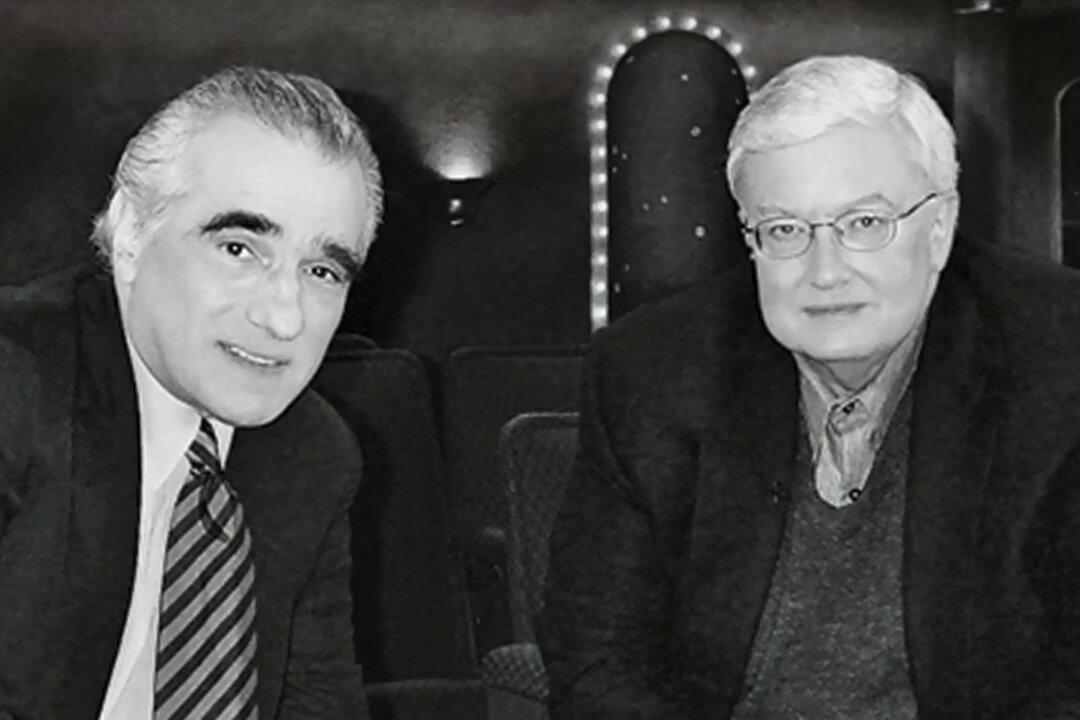As “Citizen Kane” appears on countless critics’ and filmmakers’ all-time top 10 lists (many at No. 1), it wouldn’t be going out on a limb to state that Orson Welles’s 1941 debut feature is the most respected, if not the greatest, film of all time. While its popularity within movie industry circles is beyond worshipful, “Citizen Kane” was a box office flop and still remains a mystery to the majority of the movie-going public.
Although his acclaimed work in theater netted Welles numerous offers from Hollywood, he regularly demurred. It was only after the infamous 1939 “War of the Worlds” radio broadcast—which everyone listening believed to be an actual invasion from Mars—did the offers become impossible to resist.






